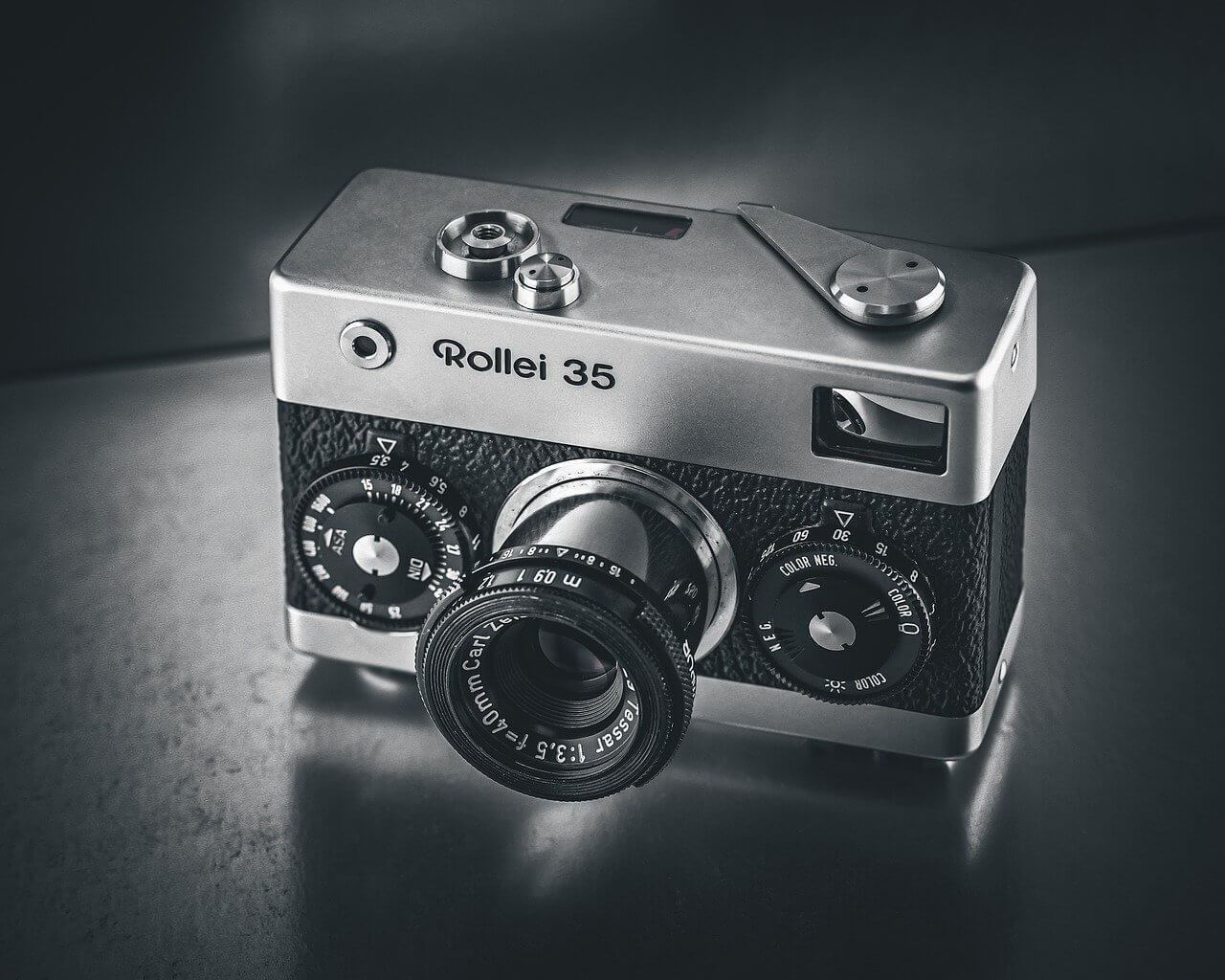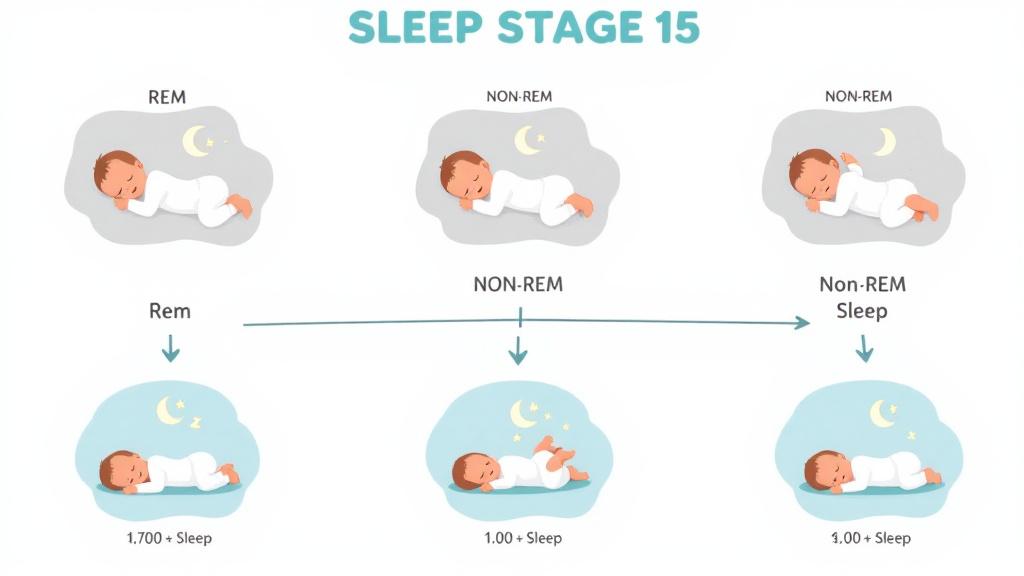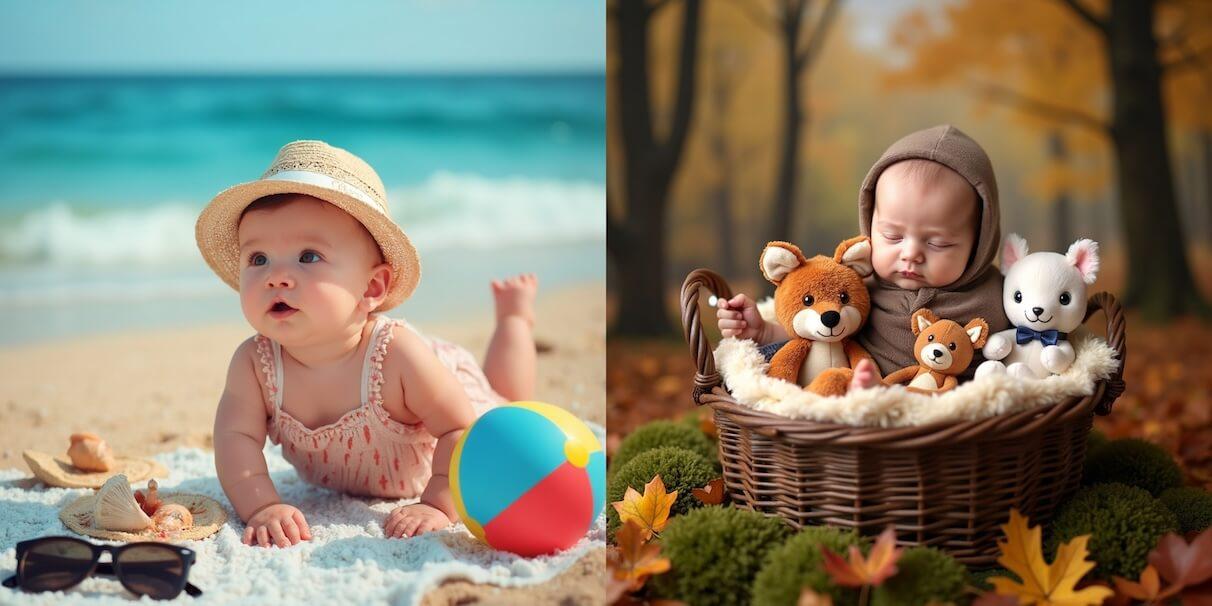A Comprehensive Guide to Analogue Photography
In this digital age, where smartphones and DSLR cameras dominate the photography scene, there is still a dedicated community of photographers who appreciate the art and charm of analogue photography. Analogue photography, also known as film photography, offers a unique and distinct experience that digital photography cannot replicate. In this comprehensive guide, we will explore the world of analogue photography, its techniques, equipment, and the joy of capturing moments on film.
What is Analogue Photography?
Analogue photography refers to the use of traditional film cameras and the process of capturing images on film. Unlike digital photography, where images are captured and stored electronically, analogue photography relies on the chemical interaction between light and film. When a photo is taken with an analogue camera, light passes through the lens and exposes the film, creating a latent image. The film is then processed in a darkroom or a photo lab, where the image is developed, fixed, and printed.
Different Types of Film Cameras
When it comes to analogue photography, there are various types of film cameras to choose from, each with its own unique characteristics and film formats. Understanding the different types of film cameras will help you choose the one that suits your needs and preferences.
35mm Film Cameras
One of the most common types of film cameras is the 35mm film camera. These cameras use 35mm film, which is widely available and can be processed in most photo labs. The 35mm film comes in canisters and is characterized by sprocket holes that run along the edge of the film strip. Some popular 35mm film cameras for beginners include the Lomo LC-A+ and the Lomo LC-Wide.
Medium Format Cameras
Medium format cameras use 120 film, which is larger than 35mm film and produces square photos. Unlike 35mm film, medium format film does not have sprocket holes. Medium format cameras are known for their ability to capture high-resolution images with rich details. The Diana F+ is a classic medium format camera that produces dreamy, soft-focused square photos, while the Belair X 6-12 is a premium option for sharp and high-quality shots.
Instant Cameras
Instant cameras, also known as Polaroid cameras, are a popular choice for those who want instant gratification from their photography. Instant cameras use self-developing film, which magically develops within a few seconds after the photo is taken. The Lomo'Instant camera offers creative flexibility with its shooting modes, advanced lens system, multiple exposure function, and long-exposure settings.
Pocket Cameras
Pocket cameras use 110 format film, which produces small photos. These cameras are compact and easy to use, making them perfect for casual photography. With pocket cameras, you simply point and click the shutter without any complicated settings. They are small enough to fit right into your pocket, allowing you to capture moments on the go.
The Enchantment of Analogue Photography
What makes analogue photography so enchanting and appealing to photographers? It's the anticipation, the waiting, and the element of surprise that digital photography often lacks. As pop-art icon Andy Warhol once said, "The idea of waiting for something makes it more exciting." With analogue photography, there is no LCD screen to instantly review your photos. You have to patiently wait for the film to be processed, scanned, and printed before you can see the final results. This anticipation adds to the thrill and satisfaction of analogue photography.
Moreover, analogue photography offers a unique aesthetic that cannot be replicated by digital filters. The colors in analogue photos are richer, the saturation is more dramatic, and the film grain adds a touch of soul and character to the images. Each film has its own distinct look, and the results can vary depending on the lighting conditions, the film type, and the camera used. These unique qualities evoke a sense of nostalgia and create dream-like memories.
Getting Started with Analogue Photography
If you're new to analogue photography, it's important to keep in mind that it takes practice and experimentation to master the art. Don't be discouraged by light leaks, blank shots, or unexpected results. These "mistakes" can often lead to interesting and unique photographs. Embrace the unpredictable nature of analogue photography and enjoy the process of learning and exploring.
Tips for Beginners
To help you get started, here are some tips for analogue photography:
-
Read the instructions: Always familiarize yourself with your camera's manual and make sure you understand how to properly load the film, adjust the settings, and take photos.
-
Embrace experimentation: Don't be afraid to try different techniques and creative ideas. Shoot from different angles, play with exposure settings, and explore unique compositions.
-
Learn from the community: Join online forums, attend workshops, and connect with other analogue photographers. The analogue photography community is passionate and supportive, and you can learn a lot from their experiences and tips.
-
Embrace imperfections: Embrace the imperfections and quirks of analogue photography. Light leaks, film grain, and unexpected results all contribute to the unique charm of analogue photos.
Choosing the Right Film
One of the exciting aspects of analogue photography is the variety of films available. Different films produce different colors, tones, and effects. Here are some common types of film:
-
Color Negative Film: This is the most common type of film, producing natural, true-to-life colors with smooth grain. Color negative film goes through standard processing using C-41 chemicals.
-
Black & White Film: Black & white film delivers monochromatic photographs with a classic and timeless appeal. It allows you to focus on composition and texture without the distraction of color.
-
Redscale Film: Redscale film creates warm hues, ranging from radiant reds to honey tones. It can be achieved by either loading the film backward or purchasing ready-to-shoot redscale film.
-
Slide Film: Slide film yields positive images when processed with E6 chemicals. It is known for its vibrant colors and high contrast.

Analogue Photography Glossary
To help you navigate the world of analogue photography, here are some key terms you should know:
-
135: Also known as 35mm, it is the most common film format used in analogue photography.
-
120: A type of paper-backed film used in medium format cameras.
-
Aperture: The opening in the lens that allows light to pass through to expose the film.
-
ASA: A measurement of film sensitivity to light, similar to ISO.
-
Auto Exposure: An exposure system that automatically adjusts the settings to achieve the correct exposure.
-
B Setting: A shutter setting that keeps the shutter open for as long as the shutter button is pressed.
-
Bokeh: The aesthetic quality of the out-of-focus areas in an image.
-
Bulb: A shutter setting that allows for long exposures by keeping the shutter open for an extended period.
-
Cross Process: A technique of processing film in chemicals intended for a different film type, resulting in unique and often vibrant colors.
-
Darkroom: A light-sealed room used for developing and printing film.
-
Double Exposure: A technique where a single piece of film is exposed multiple times, resulting in layered and creative effects.
-
Expired Film: Film that has passed its expiration date, which can result in unpredictable and artistic effects.
-
Electronic Flash: A camera accessory that provides additional light for proper exposure.
-
Emulsion: The light-sensitive coating on film or photographic paper.
-
Exposure: The amount of light that reaches the film when taking a photograph.
-
F-stop: The measurement of the aperture size in a lens.
-
Fisheye Lens: An ultra-wide-angle lens that creates a distorted, hemispherical image.
-
Half Frame: A type of camera that exposes two portrait-rectangular shots on a single frame of 35mm film.
-
Hot Shoe: The contact point on a camera where an electronic flash can be attached.
-
ISO Speed: The measure of a film's sensitivity to light.
-
Light Leaks: Streaks of light that enter the camera and create unique and artistic effects.
-
Long Exposure: A technique that uses a slow shutter speed to capture moving objects as blurred streaks.
-
Pinhole Camera: A camera without a lens, using a small pinhole to capture images.
-
Redscale: A technique of shooting film with the emulsion reversed, resulting in warm red and orange tones.
-
Shutter Speed: The length of time that the camera's shutter is open.
-
Slide Film: A film type that produces positive images when processed with E6 chemicals.
-
Vignetting: The darkening of the corners of a photograph, which can add depth and emphasis to the subject.
Conclusion
Analogue photography offers a unique and captivating experience that digital photography cannot replicate. The anticipation, the charm, and the unpredictable nature of analogue photography make it a beloved art form among photographers. Whether you're a beginner or an experienced photographer, exploring the world of analogue photography can be a rewarding and creatively fulfilling journey. So grab your film camera, load up some film, and embark on an analogue adventure that will capture moments in a way that digital photography simply cannot replicate.


